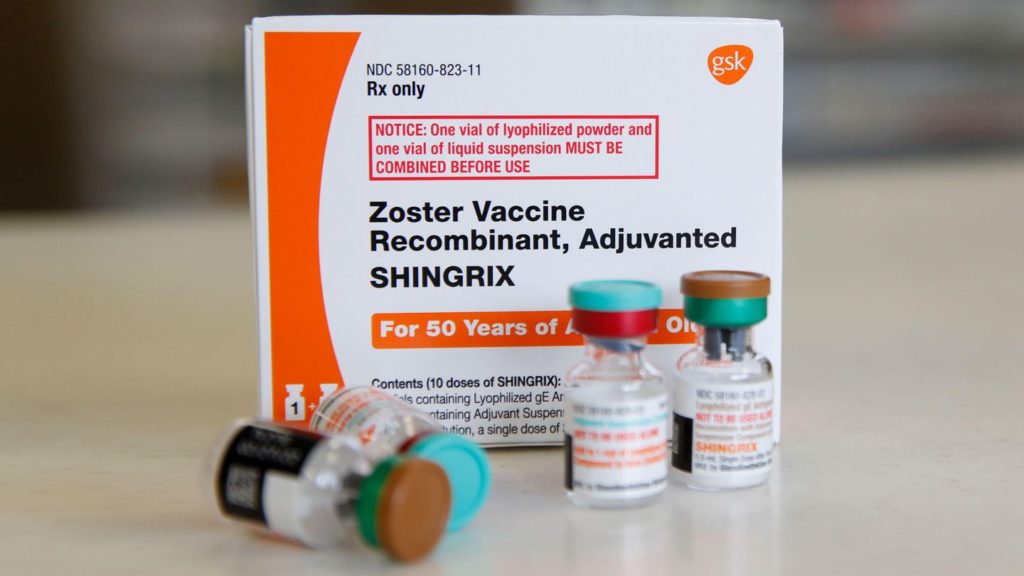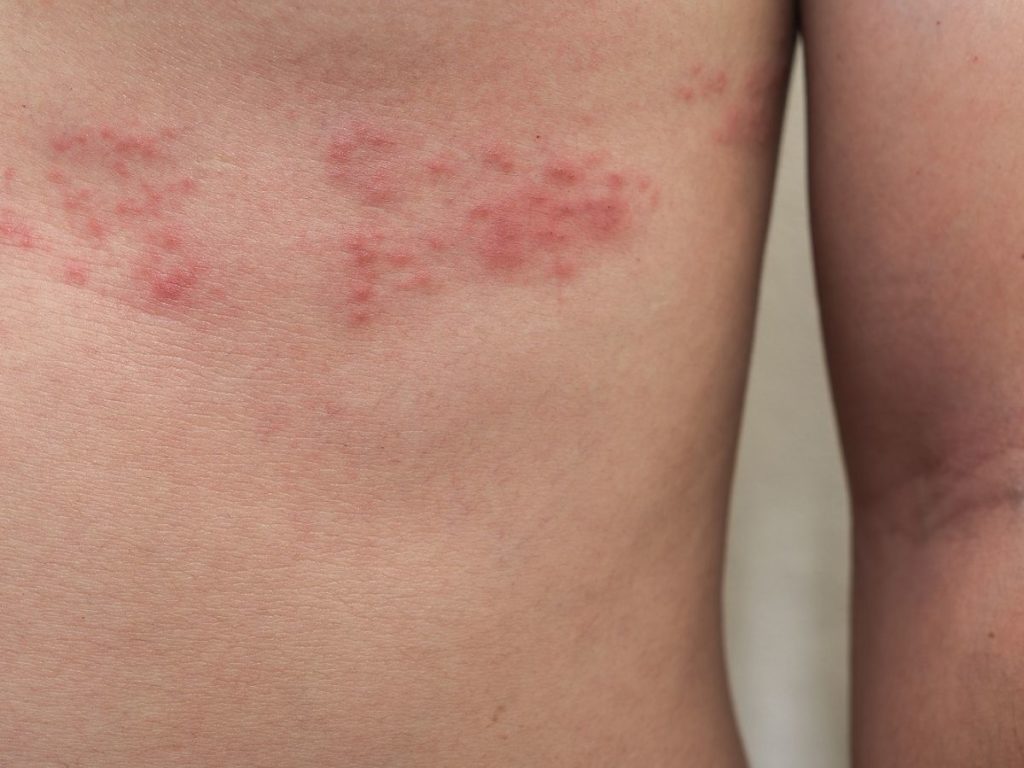Shingles is a viral infection that can cause a rash on the skin. The rash will typically form on one side of the body, and it will be in the shape of a belt or band. If you are experiencing any of the following symptoms, you may have shingles: fever, headache, chills, and body aches. In this blog post, we will discuss what does shingles look like and how you can tell if you have them.
Causes of shingles
Shingles is caused by the varicella-zoster virus, which is the same virus that causes chickenpox. After you have chickenpox, the virus can stay dormant in your body for many years. It may reactivate and cause shingles.
Symptoms of shingles
If you are experiencing any of the following symptoms, it is important to see a doctor right away:
- rash on one side of the body
- fever
- headache
- chills
- body aches
The shingles rash will typically start as blisters that will form a line or belt. The rash can be itchy and painful. In some cases, the shingles virus can cause complications such as blindness, brain inflammation, and even death. If you think you may have shingles, it is important to see a doctor right away for diagnosis and treatment. Early treatment can help reduce the risk of long term complications.
Who is at risk for shingles?
Anyone who has had chickenpox is at risk for developing shingles. However, some people are at a higher risk than others, including:
- People over 60 years of age
- People who have weakened immune systems due to cancer or HIV/AIDS
- People who are taking medications that suppress the immune system
What does shingles look like?
The rash associated with shingles will typically form on one side of the body and will be in the shape of a belt or band. It may also be accompanied by blisters that are filled with fluid. The rash can vary in size from a few inches to several feet wide. It is typically itchy and painful. In some cases, the shingles virus can cause complications such as blindness, brain inflammation, and even death. If you think you may have shingles, it is important to see a doctor right away for diagnosis and treatment. Early treatment can help reduce the risk of long term complications.
How is shingles diagnosed?
If you are experiencing any of the symptoms associated with shingles, your doctor will likely perform a physical examination and order blood tests to confirm the diagnosis.
Treatment for shingles
There is no cure for shingles, but treatment can help relieve symptoms and shorten the duration of the outbreak. Treatment options include:
- Antiviral medications – These medications can help reduce the severity of the infection and shorten the length of time it lasts.
- Pain medications – These can help relieve the pain and discomfort associated with shingles.
- Shingles vaccine – A vaccine is available to help reduce your risk of developing shingles.
Learn more: HOW TO CURE SHINGLES IN 3 DAYS
How can you prevent shingles?
The best way to prevent shingles is to get vaccinated. The vaccine is recommended for people over 60 years of age, as well as for people who have weakened immune systems due to cancer or HIV/AIDS. There are also steps you can take to lower your risk of developing shingles, including:
- Staying up-to-date on your vaccinations, including the chickenpox vaccine
- Maintaining a healthy lifestyle
- Avoiding contact with people who have chickenpox or shingles
What is the shingles vaccine?

The shingles vaccine is a vaccine that helps reduce your risk of developing shingles. The vaccine is recommended for people over 60 years of age, as well as for people who have weakened immune systems due to cancer or HIV/AIDS. There are two types of shingles vaccines available:
- Zostavax – This is the most common type of shingles vaccine and it is given as a single injection.
- Shingrix – This newer vaccine is more effective than Zostavax and it can be given either as a single injection or in two doses separated by two to six months.
Both Zostavax and Shingrix are safe and effective. Talk to your doctor about which vaccine is right for you.
Is shingles contagious?
Yes, shingles is contagious and you can spread the virus to others through contact with the rash or blisters. It is important to keep the rash covered and avoid contact with other people until it has healed.
What are the long-term complications of shingles?
In some cases, shingles can cause long-term complications such as:
- Postherpetic neuralgia – This is a condition that causes severe pain in the affected area long after the outbreak has resolved.
- Neurological problems – Shingles can cause inflammation of the brain (encephalitis) or spinal cord (myelitis). These conditions can lead to permanent neurological damage.
- Blindness – In rare cases, shingles can cause blindness.
- Death – Shingles can also lead to death, although this is rare.
If you are experiencing any of the symptoms associated with shingles, it is important to see your doctor right away for diagnosis and treatment. Early treatment can help reduce the risk of long term complications.
Takeaway
Shingles is a viral infection that can cause a rash and blisters on the skin. It is caused by the same virus that causes chickenpox. Anyone who has had chickenpox is at risk for developing shingles, but some people are at a higher risk than others. If you are experiencing any of the symptoms associated with shingles, it is important to see a doctor right away for diagnosis and treatment. Early treatment can help reduce the risk of long term complications. The best way to prevent shingles is to get vaccinated. There are two types of shingles vaccines available: Zostavax and Shingrix. Both vaccines are safe and effective. Talk to your doctor about which vaccine is right for you.

